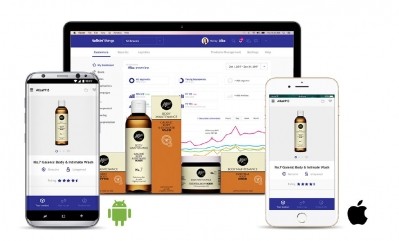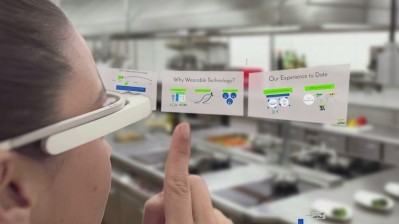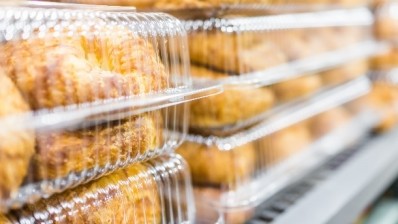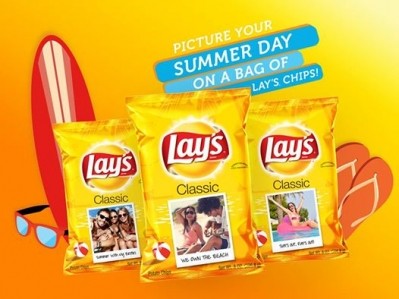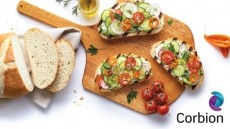The future of packaging knows no bounds, says CDP
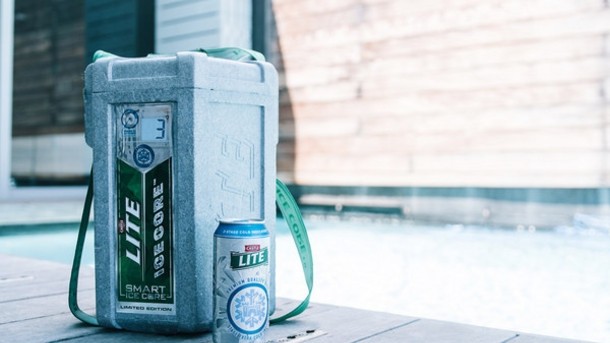
Current innovations include packaging that lights up, temperature sensors, NFC, and QR-codes but according to Tom Lawrie-Fussey, technology business development leader, CDP, there is so much more to discover.
He said the future of packaging is all about device connectivity.
“I’m interested in smart packaging but I’m a sceptic on how much this technology costs,” he said.
“Our approach at CDP is not to worry about what products will turn up in the next five to 20 years. We will see the cost of making these devices come down. But, how we can transfer the knowledge in technology available now in the ‘wearable space’, such as Fitbits (which track consumer’s activity, exercise, food, weight and sleep) to F&B.
“We can take that data and put it in a consumer trial taking information from users and transferring that knowledge to engineers at the packaging development stage to inform them how users interact with a product.
“As this is focusing on the early days of the development cycle we are not talking about mass market products but low volume items.”
Lawrie-Fussey said, for example, sensors are becoming better and cheaper with every next generation of smartphone, which opens up huge opportunities for other devices as seen with diabetic injection pens and smart-enabled bottles.
“It's about adding value to the bottom line by inventing innovative ideas, and transforming them into tangible business opportunities and revenue,” he said.
“Having sensing and communications capability in so many of the things around us is only the start. Soon they will be able to inform us (and others) of usage, conditions, expiry date, etc.”
AIPIA Conference, Amsterdam, November
Lawrie-Fussey will present his findings in a presentation called ‘Using science to gain real-time user data and consumer insights for effective packaging’ at the AIPIA (Active & Intelligent Packaging Industry Association) Conference in Amsterdam, November 14 and 15.
He will discuss what future packaging could incorporate, for what benefit and the development process we should adopt to better inform product design.
“Moving into the ‘disruptive packaging’ market is a significant investment. A manufacturer will want to understand a product as much as they can prior to committing to that investment. Not only on how the technology works but gaining as much information as they can about that ‘space’,” he said.
According to Lawrie-Fussey, fitness aids like Fitbit are wearable battery powered devices that can monitor what’s going on, sensing the ‘local context’ and CDP is using that same methodology ‘like a wearable device’ for packaging.
The firm is currently carrying out local trials with clients who are looking for ‘something more disruptive and whacky’.
“My background is cold chain logistics. I’m still in contact with people in that space and talking to them about the technology. The devices there can help people in F&B for example, how fruit is picked and boxed, eliminating waste, shelf life, looking at the impacts of storage, knocks, temperature,” he added.
“The team can produce Live Demos and proven insights by building a story from the raw data they extract. For example, user information from a Ketchup squeezy bottle shows if it was stored standing up or face down. The label is positioned to encourage consumers to place it upside down on the cap but others do the opposite.
‘Do consumers behave the way you think they do’
“It’s an interesting exercise. ‘Do consumers behave the way you think they do’. We can look at lid openings, pop open lids for kids, or the elderly - should there be three product variants for different age groups. We know so much about the various demographics in society nowadays, should we align our thinking and manufacturing in line with them, ie toothpaste caps have no provision for little fingers and children with little strength, why not design a range for children.”
He added there are two strands to CPG’s approach; a user trial, depending on what the client wants, either with feedback after having the product for a set period of time, or an app that captures the environment where it is used in real time where the challenges can be recorded by hitting a red button.
The immediate response to trials is for manufacturers to learn how ‘to get better at designing packaging’ by making subsequent changes. The long-term goal is to look beyond what ‘we have already’.
“In the long-term, it is exciting to look beyond what we have. There will be more premium packaging because there is so much potential to grow in that area and people are prepared to pay for it as a value-added product,” said Lawrie-Fussey.
“In five years’ time there will be more beautiful, intricate designs that consumers’ can keep as a gift. This will open up opportunities for refiller packs, to save on packaging waste and electronic tags which tell you when a product is about to expire.
“As manufacturers understand how a consumer is using their product the data can work as a service model with recommendations to buy similar products they can enjoy. The product itself will become a trusted companion it ‘knows’ and they will be left wondering how did they ever live without it.”

